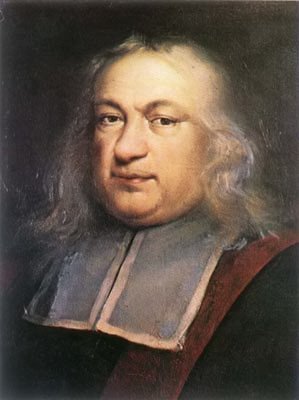Fermat's Last Theorem:
It is solved one but very famous problem in history of mathematics. It was put forward by Pierre de Fermat. He first wrote in his book(Arithmetica) that, the margin in book is too narrow to show his proof. For 400 years, many mathematicians tried to prove this theorem. Finally, in 1995 Andrew Wiles proved it.

(image: https://en.wikipedia.org/wiki/Pierre_de_Fermat)
The theorem:
There are no three integers a, b, c such that
a^n + b^n = c^n
where n>2.
For n=1.
a+b = c
There are infinitely many solutions.
eg. a=1, b=2, c= 3.
a=3, b=4,c=7.
For n=2.
a^2 + b^2 = c^2
It is famous Pythagoras Formula. a, b, c is called Pythagorean triples.
3^2 + 4^2 = 5^2
So, a=3, b=4, c=5 is one solution.
Let n be natural number.
a^2 + b^2 = c^2
n^2 a^2 + n^2 b^2 = n^2 c^2
(na)^2 + (nb)^2 = (nc)^2
it is also the solution. Since n is infinite, there are infinitely many solutions for a, b, c.
cube root of 2 is irrational.
- I included this result just because it makes interesting at first case. This is not sole way of proving irrationality. There are other elementary methods too.
let,
cube root of 2 is rational.
2^{1/3} = a/b
cubing both sides,
2 = a^3/b^3
2b^3 = a^3
b^3 + b^3 = a^3
According to Fermat's Last Theorem, b, b, a can't be integer. So, a/b can’t be rational. Hence by contradiction 2^ {1/3} is irrational. This result can be extended to nth root of 2.
Footnotes:
- There is movie called "Fermat's room". It discusses Gold Bach Conjecture.
- There is another theorem called Fermat's Little theorem related to Pierre de Fermat.
- Andrew Wiles after proving Fermat's Last Theorem didn't get prestigious Field Medal. This medal is given to mathematicians only under the age of 40.
- Pierre de Fermat was a lawyer.